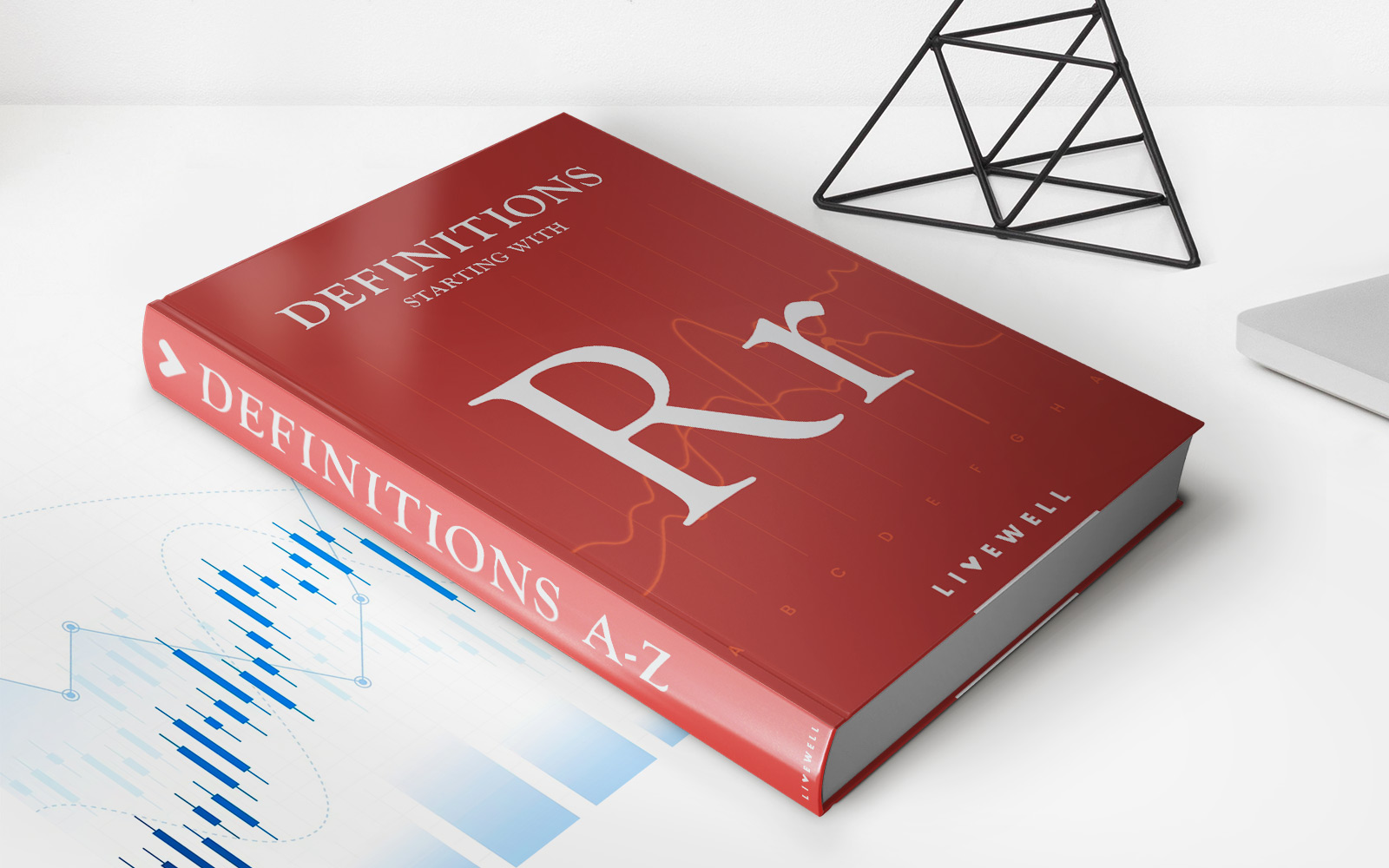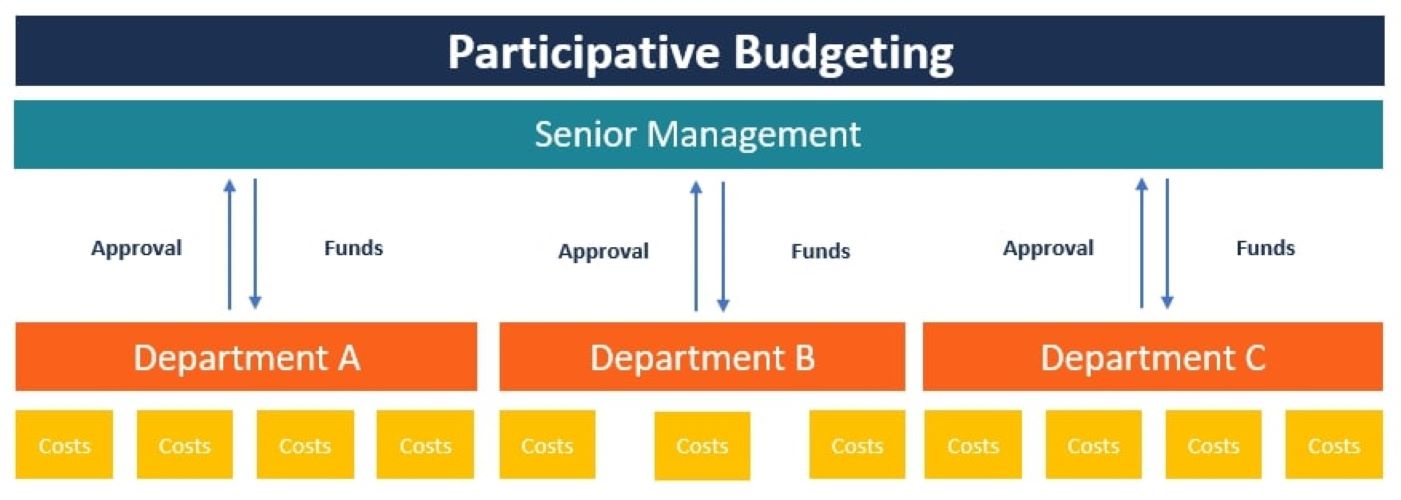Home>Finance>What Is Portfolio Runoff? Definition, How It Works, And Examples


Finance
What Is Portfolio Runoff? Definition, How It Works, And Examples
Published: January 9, 2024
Learn the definition, working mechanism, and real-life examples of portfolio runoff in finance. Explore how portfolio runoff affects investment strategies and financial outcomes.
(Many of the links in this article redirect to a specific reviewed product. Your purchase of these products through affiliate links helps to generate commission for LiveWell, at no extra cost. Learn more)
Exploring the World of Finance: Understanding Portfolio Runoff
When it comes to managing investments, there are various strategies and concepts that play a crucial role in achieving financial goals. One such concept is portfolio runoff, which refers to the process of reducing or eliminating investments within a portfolio over time. But what exactly is portfolio runoff, how does it work, and what are some examples? Let’s delve into this fascinating topic and uncover its significance in the realm of finance.
Key Takeaways:
- Portfolio runoff is the process of decreasing or eliminating investments within a portfolio gradually.
- This strategy allows investors to optimize their portfolios, reduce risk, and reallocate capital to more profitable opportunities.
Understanding Portfolio Runoff
Portfolio runoff, also known as divestment or liquidation, is a technique used by investors to systematically reduce or remove investments from their portfolio over time. This strategy is often employed when investors want to reallocate their capital and optimize their portfolio by focusing on more promising opportunities.
There are several reasons why investors choose to implement portfolio runoff:
- Risk Mitigation: By reducing exposure to certain investments gradually, investors can minimize their overall risk. This is particularly useful when a specific asset class or industry is experiencing a downturn or there are concerns about market volatility.
- Capital Reallocation: Portfolio runoff allows investors to free up capital from underperforming or non-strategic investments. By divesting from these assets, they have the opportunity to reinvest in more profitable ventures.
- Portfolio Optimization: By continually assessing and adjusting their investment strategy, investors can manage their portfolios more effectively. Portfolio runoff enables them to rebalance their holdings, ensuring that their portfolio aligns with their risk tolerance and investment objectives.
How Does Portfolio Runoff Work?
The process of portfolio runoff typically involves the following steps:
- Evaluation and Analysis: Investors assess their current portfolio to identify underperforming or non-strategic investments that need to be reduced or eliminated.
- Gradual Reduction: Rather than immediately divesting from selected investments, investors choose to decrease their exposure over time. This allows for a more controlled and strategic approach, minimizing potential losses and disruption to the overall portfolio.
- Reinvestment: As investments are gradually reduced, the capital is freed up and can be reinvested in more promising assets or opportunities that align with the investor’s goals and risk appetite.
- Continual Monitoring: Portfolio runoff is an ongoing process that requires constant monitoring and adjustment. Investors need to stay abreast of market conditions and regularly reassess their investment holdings to ensure optimal portfolio performance.
Examples of Portfolio Runoff
To better understand portfolio runoff, let’s consider a couple of examples:
- Example 1: Sarah is an experienced investor who manages a diverse portfolio that includes stocks, bonds, and real estate. After analyzing her holdings, she identifies a few underperforming stocks that have consistently underperformed over the past year. Instead of abruptly selling all the shares, Sarah decides to gradually reduce her position in those stocks while exploring alternative investment opportunities.
- Example 2: Michael is a retiree with a portfolio that includes various mutual funds. He decides to implement portfolio runoff to minimize risk as he approaches his retirement years. Michael gradually decreases his exposure to high-risk funds and reallocates the capital into more conservative investments, such as bonds and cash equivalents.
By implementing portfolio runoff, both Sarah and Michael can fine-tune their portfolios, reduce risk, and optimize their investments for better returns.
Conclusion
Portfolio runoff is a fundamental concept in the world of finance that allows investors to strategically reduce or eliminate investments within their portfolios over time. This technique helps to manage risk, reallocate capital, and optimize overall investment performance. By understanding the concept of portfolio runoff and how it works, investors can make informed decisions to align their portfolios with their financial goals and objectives.














